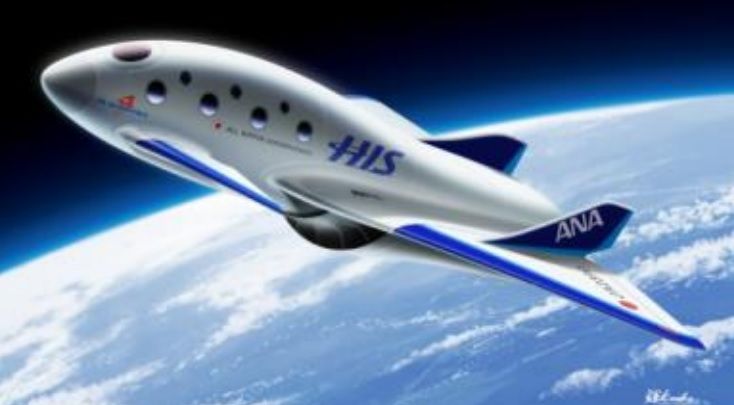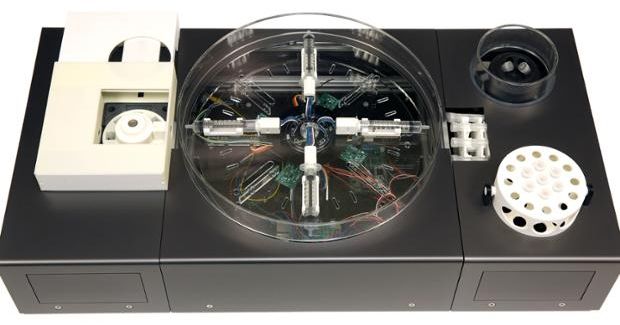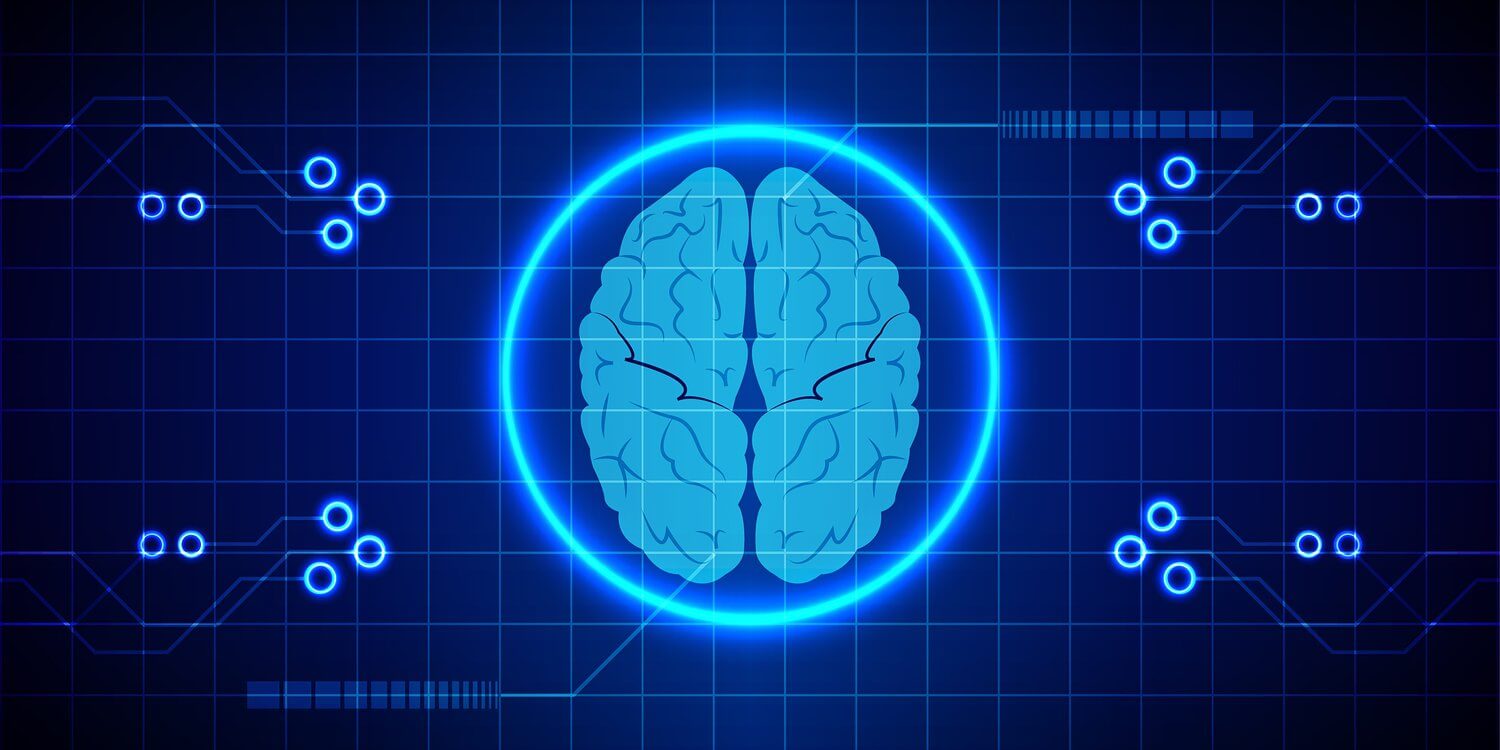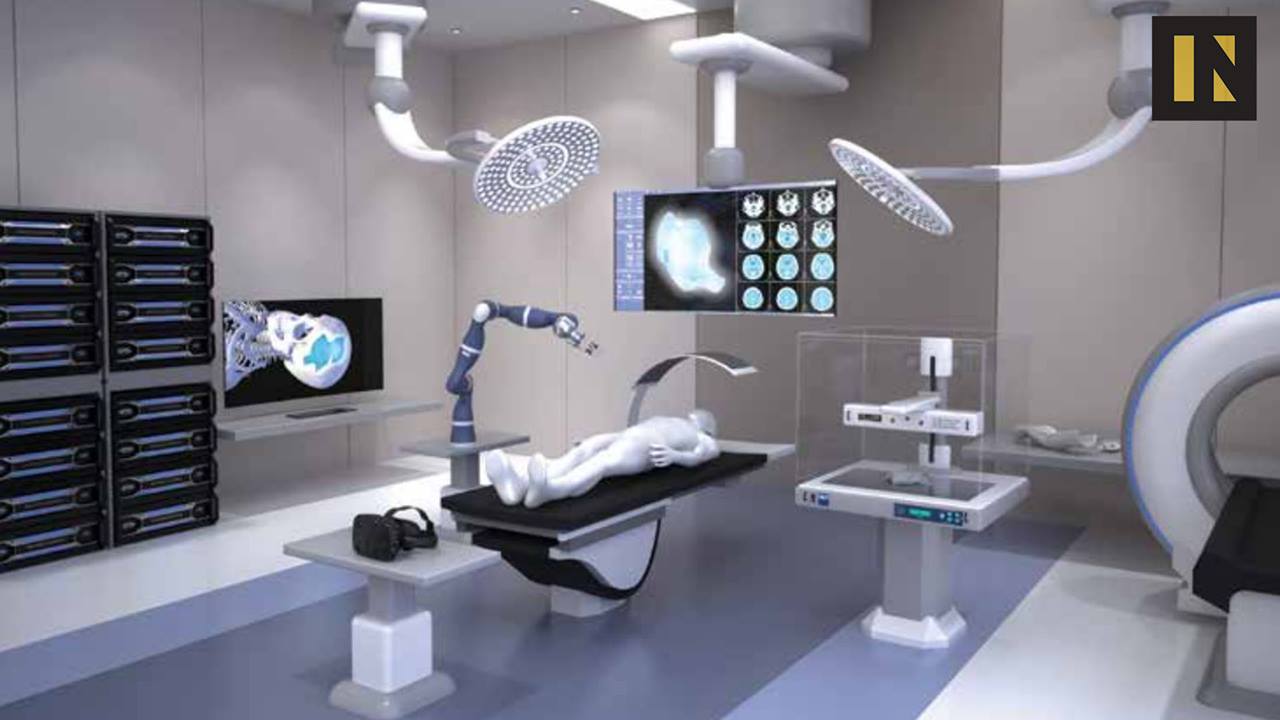Page 10643
Dec 3, 2016
Japanese heavy-hitters invest lightly in PD Aerospace’s space tourism effort
Posted by Klaus Baldauf in category: space travel
PD Aerospace, a Japanese company that’s similar to Virgin Galactic in its commercial spaceflight aspirations, has picked up two high-profile investors: ANA Holdings and the H.I.S. travel agency.
In a joint statement issued Thursday, the three Japanese companies said that they agreed in October to work together on space commercialization efforts, including space travel.
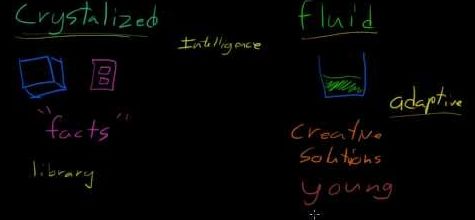
Correction:
Fluid intelligence is just the ability to think and reason abstractly. The higher your fluid intelligence, in theory, the faster and more efficient you become at thinking abstractly.
One study shows that people with very high fluid intelligence have closer connections between neurons which allows them to reach conclusions faster. Another shows that the brain organizes itself in a more efficient manner allowing them to use less brain power to reach the same conclusions someone of lower intelligence would take longer to come to.

https://youtube.com/watch?v=3no3tF2kqEE
Designs and manufactures electric components, drivetrains and vehicles including the Nikola One and Nikola Two electric semi-trucks.
Dec 3, 2016
Tools for Would-Be Biohackers: Here Come 3 Mini-Labs
Posted by Shane Hinshaw in categories: bioengineering, genetics
Dec 3, 2016
Cannae will try to prove propellentless propulsion in space in 2017 and has ambitious space probe designs with 33 years of constant acceleration to reach 3% of lightspeed
Posted by Klaus Baldauf in category: space
Despite having a setup that has been pretty much operating for years, how many data points are in the paper? Eighteen. Now, if this were a really time-consuming experiment, I wouldn’t let that bother me. Hell, some synchrotron experiments have only a single data point. But this is clearly not a time-limited experiment.
Dec 3, 2016
New AI Mental Health Tools Beat Human Doctors at Assessing Patients
Posted by Elmar Arunov in categories: biotech/medical, health, robotics/AI
That’s the bad news.
The good news is that mental health professionals have smarter tools than ever before, with artificial intelligence-related technology coming to the forefront to help diagnose patients, often with much greater accuracy than humans.
A new study published in the journal Suicide and Life-Threatening Behavior, for example, showed that machine learning is up to 93 percent accurate in identifying a suicidal person. The research, led by John Pestian, a professor at Cincinnati Children’s Hospital Medical Center, involved 379 teenage patients from three area hospitals.
Continue reading “New AI Mental Health Tools Beat Human Doctors at Assessing Patients” »
Dec 3, 2016
The Dawn of AI: Congress Is Discussing What We’ll Do in a World Run by Robots
Posted by Elmar Arunov in categories: government, robotics/AI, space
In Brief
- Last week’s US Senate Subcommittee on Space, Science, and Competitiveness focused on the impact AI has in various sectors of US society.
- Scientists predict that investments in AI will increase by more than 300 percent over the next few years, meaning AI will have a more prominent role in society.
Senator Ted Cruz opened up last Wednesday’s hearing by the US Senate Subcommittee on Space, Science, and Competitiveness with a description of the changing landscape of technology: “Whether we recognize it or not, artificial intelligence is already seeping into our daily lives.”
Senator Cruz explained that scientists are predicting how investments in AI will increase by more than 300 percent in the next few years, which means AI will have a more prominent role in society. With that in mind, the subcommittee’s hearing focused on the impact AI has in various sectors of US society, and how to best ensure US leadership in AI development.
Continue reading “The Dawn of AI: Congress Is Discussing What We’ll Do in a World Run by Robots” »
Dec 3, 2016
Soon Hospitals will 3D-Print Organs
Posted by Klaus Baldauf in categories: 3D printing, biotech/medical
Dec 2, 2016
Scientists Are One Step Closer to Fully Integrating Our Bodies with Electronics
Posted by Bruno Henrique de Souza in categories: biotech/medical, cyborgs, neuroscience
In Brief
- Scientists are developing new ways to bridge the gap between our bodies and electronics by mimicking the connections between neurons.
- Countless individuals stand to gain increased functionality and quality of life by these new developments in bio-hybrid devices like prosthetics and brain implants.
